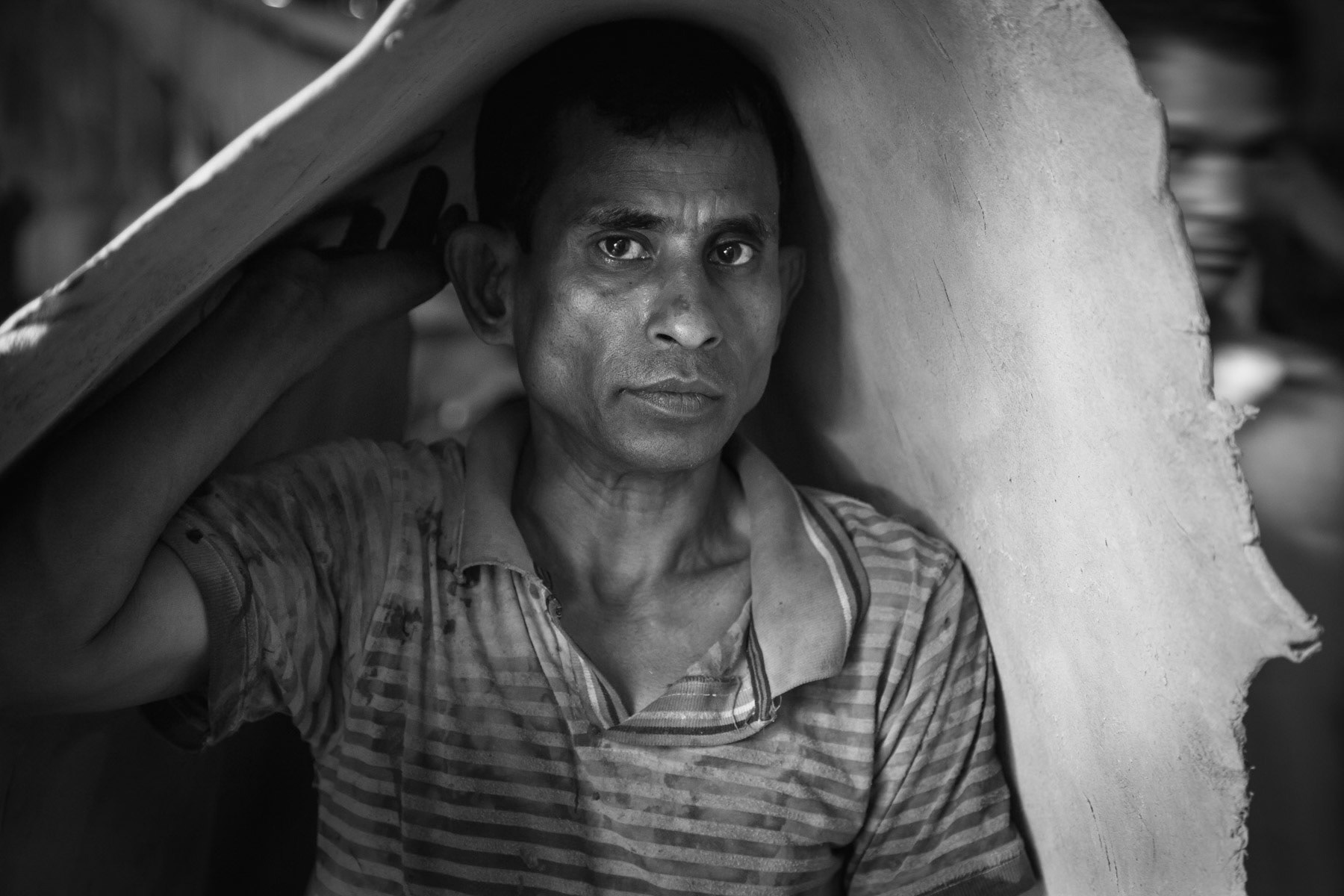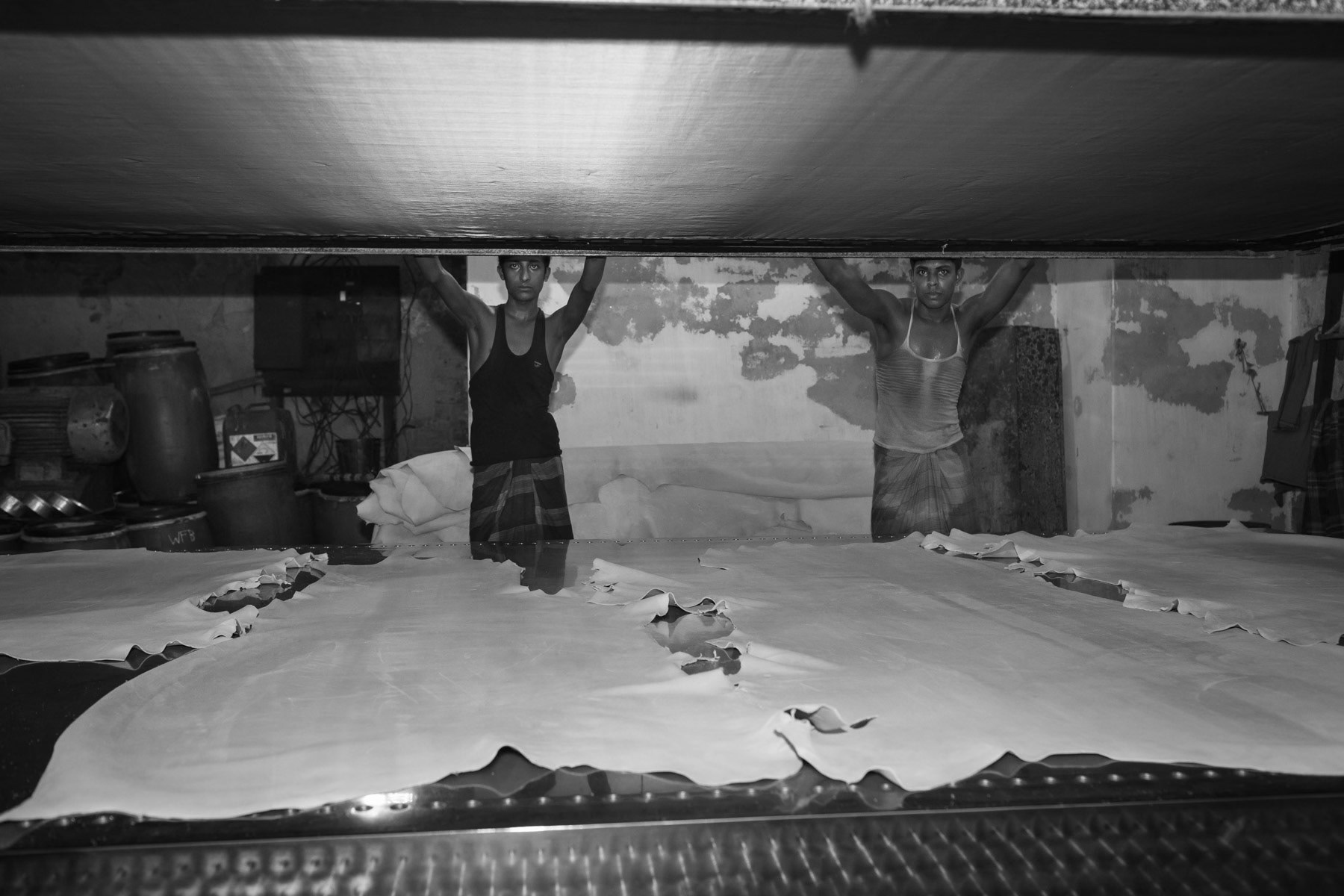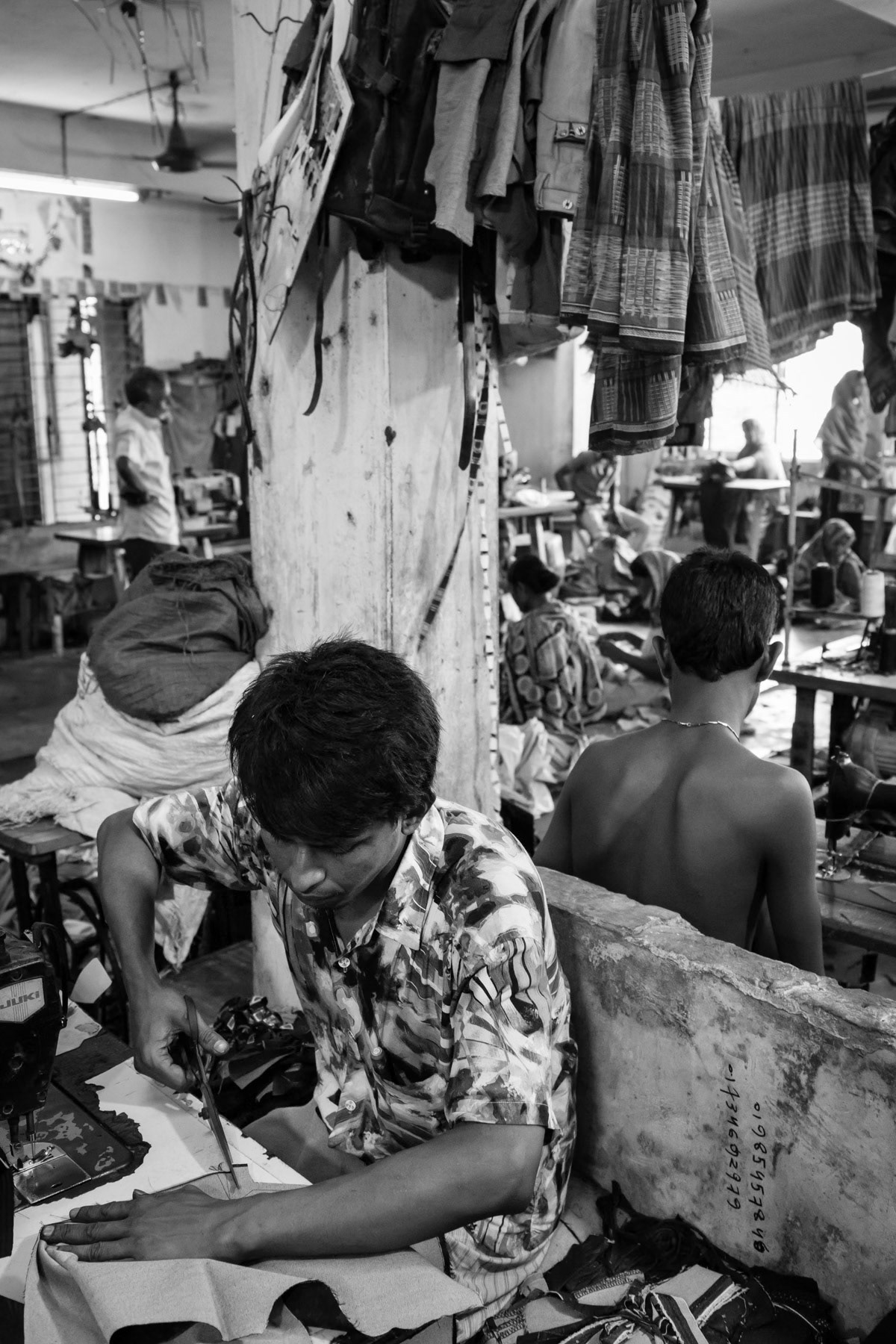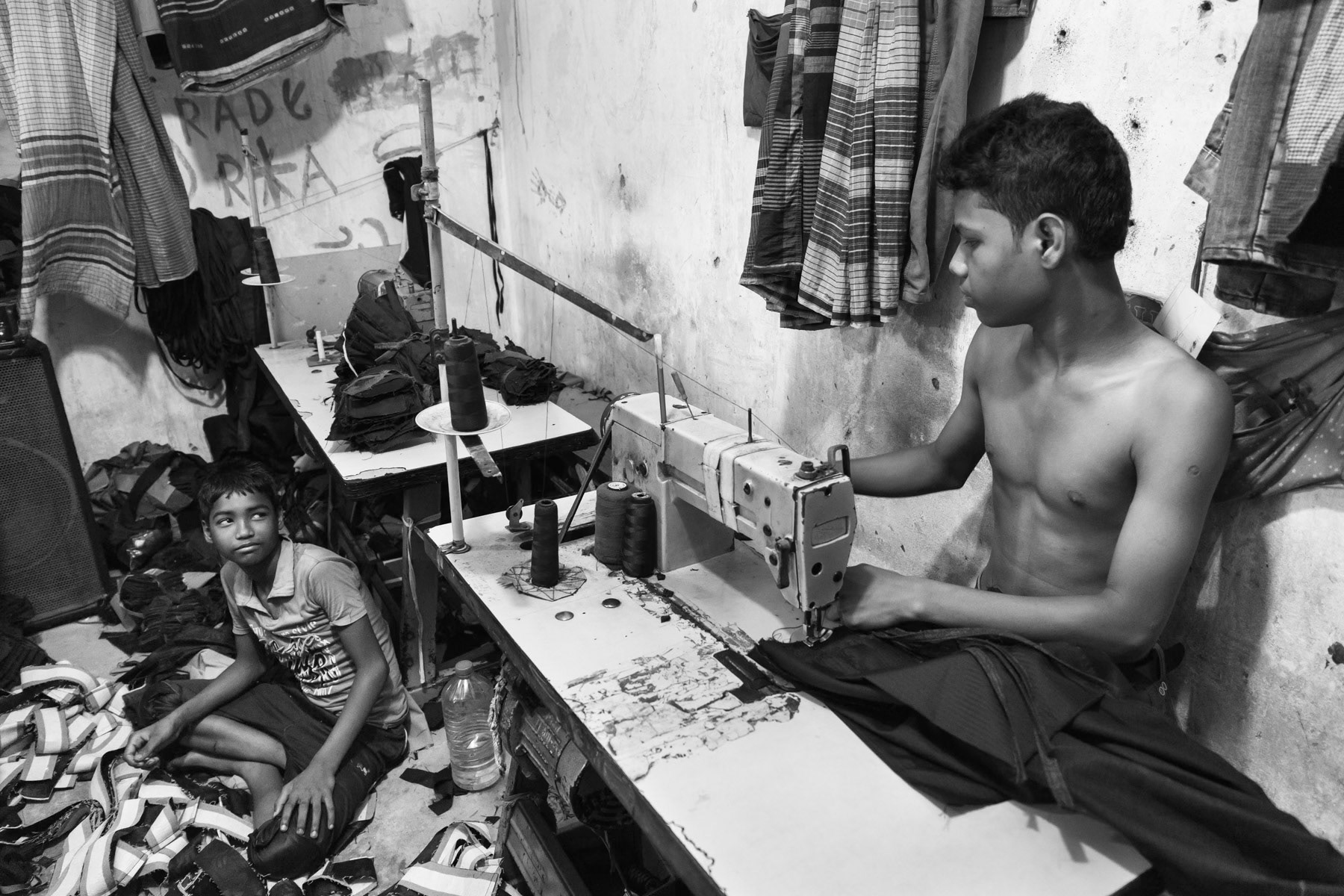Garment manufacturing for the domestic market is often characterized by grueling long shifts and abysmally low wages, which exploit workers, particularly in countries where labor laws are weak. Factories that do not participate in export production tend to evade child labor inspections, as they operate outside the scope of international regulations that monitor export-oriented industries. This creates a hidden sector where the exploitation of workers, including children, remains unchecked.
In contrast, garment factories that cater to large international brands are gradually coming under stricter scrutiny. Controls are slowly being introduced to ensure compliance with labor standards, particularly regarding child labor and unsafe working conditions. While these regulations have led to improvements in some sectors, the domestic garment industry remains a challenge due to the lack of enforcement and oversight.
The road ahead presents several challenges. First, expanding labor protections to domestic-only garment factories is crucial, requiring both increased inspections and stronger regulations. Second, addressing the deeply ingrained culture of low wages and long working hours is vital for improving workers' living conditions. Lastly, there is a need for collaboration between governments, international organizations, and local industries to build systems that can monitor and enforce child labor laws effectively across all sectors. Without these systemic changes, the exploitation of workers in the domestic garment sector will persist.

Garment manufacture for the domestic market involves long hour shifts and extremely low salaries. Garment industries that do not export tend to fall out of the control of child labour inspections. Controls that are gradually being put in place in other garment factories and tanneries that exclusively produce clothing for the large international brands. Garment workers, Dhaka, Bangladesh, May 2015

Leather after the tanning process, Hazaribagh tanneries, Dhaka, Bangladesh, October 2014

Children working in the skin drying space of the tannery, Hazaribagh, Bangladesh, May 2015

Tanneries in Hazaribagh, Dhaka, Bangladesh, October 2014

Workspace on the top floor of a high building where temperatures soar above 40 degrees during the 14 hours long shifts. Garment factory in Dhaka, Bangladesh, May 2015

Child working in a metal workshop, Hazirabagh tanneries, Dhaka, Bangladesh, October 2014

Leather gloves and soles fabrication, Hazaribagh, Bangladesh, October 2014

Tanneries of Hazaribagh, Dhaka, Bangladesh, May 2015

Child working in a garment factory producing pants for the local market. Garment industries that do not export tend to fall out of the control of child labour inspections. Controls that are gradually being put in place in other garment factories that exclusively produce clothing for the large international brands. Dhaka, Bangladesh, May 2015

Recycling reception area for plastic bottles, Hazirabagh suburb of Dhaka, Bangladesh, October 2014

Inside a tannery, where workers are exposed to toxic agents used to process the animal skin into leather. Hazirabagh neighbourhood of Dhaka, Bangladesh, October 2014

Leather leftovers unsuitable for export will be used locally to make shoe soles and gloves, Hazaribagh, Bangladesh, October 2014

Workers are paid half a dollar per pant they produce, the same pant will be sold in the nearby local garment market for five dollar. Dhaka, May 2015

Sole makers, Hazaribagh tanneries, Dhaka, Bangladesh, October 2014

Final processing stage before the leather can be exported. More than 90% of the leather produced in the tanneries of Hazaribagh in Bangladesh are exported. October 2014

Garment worker cutting out a pant before sewing, Dhaka, May 2015

Plastic bottle recycle plant in Hazaribagh, Dhaka, October 2014

Tannery in Hazaribagh, Dhaka, May 2015

Recycling plant for plastic bottles, Hazaribagh suburb of Dhaka, Bangladesh, October 2014

Children working in the skin drying space of the tannery, Hazaribagh, Bangladesh, May 2015

Tannery worker, Hazaribagh, May 2015

Garment factory in Dhaka for the domestic market, Bangladesh, May 2015

Garment workers producing pants in fourteen hours shifts, Dhaka, Bangladesh, May 2015










